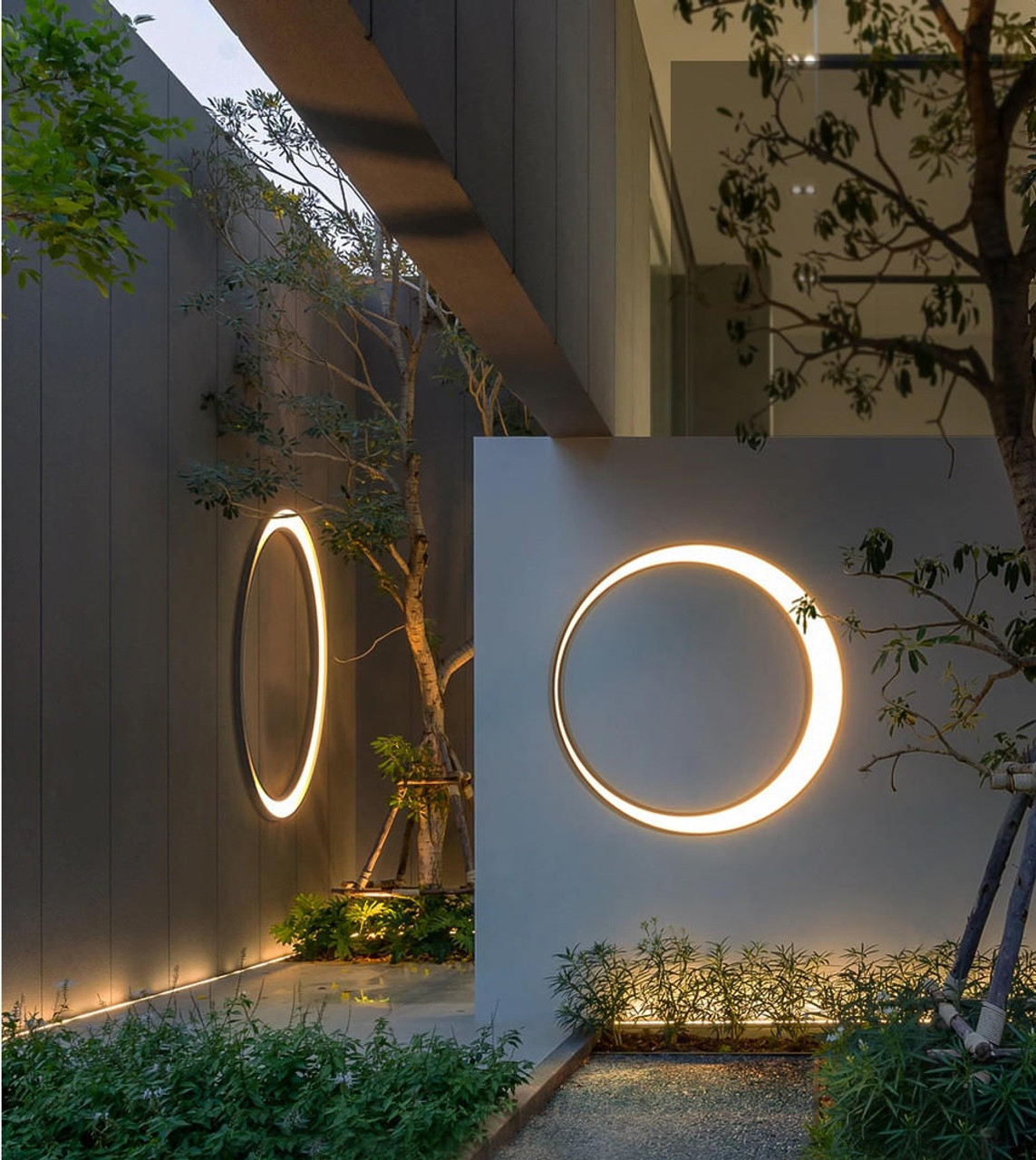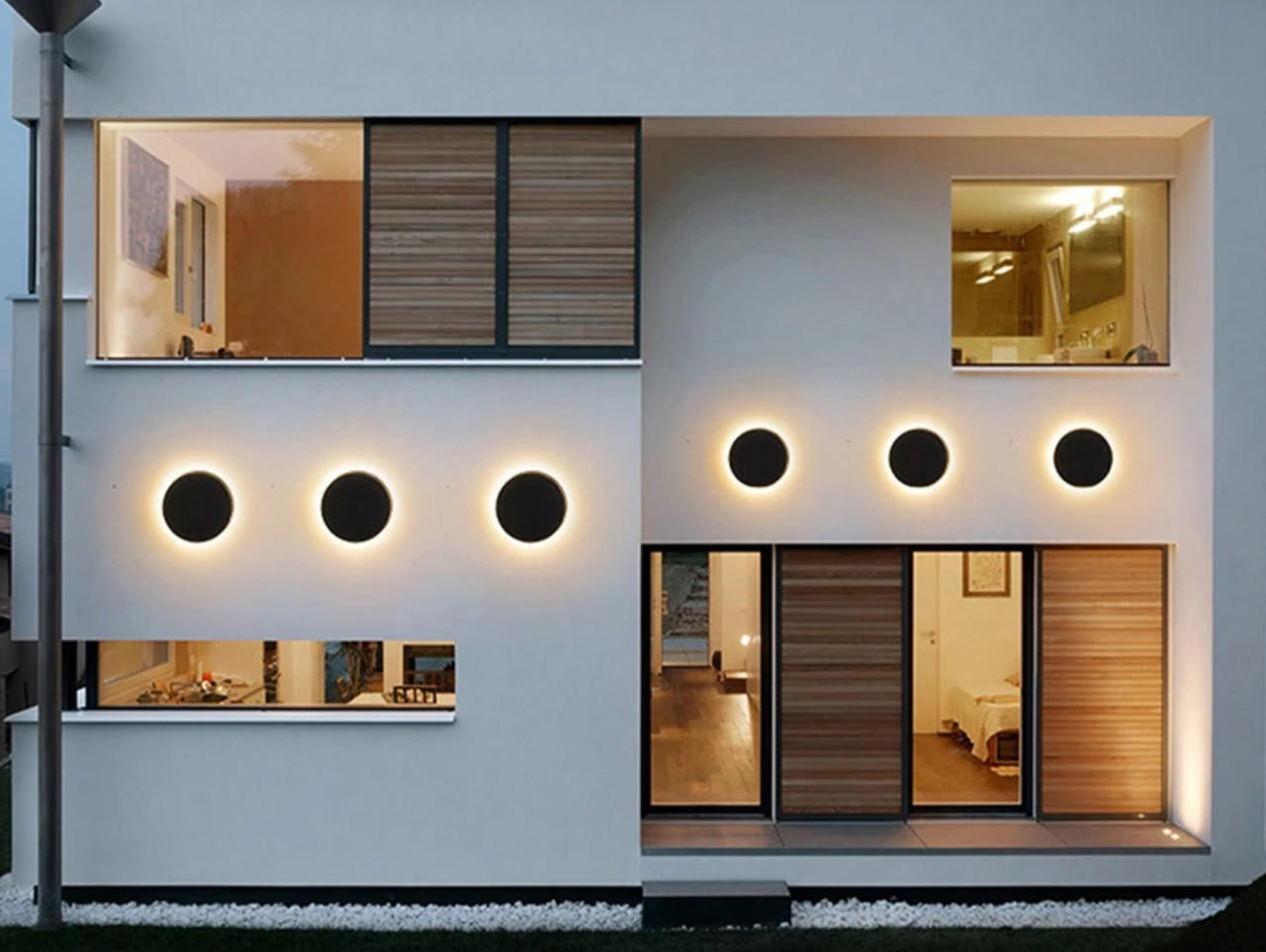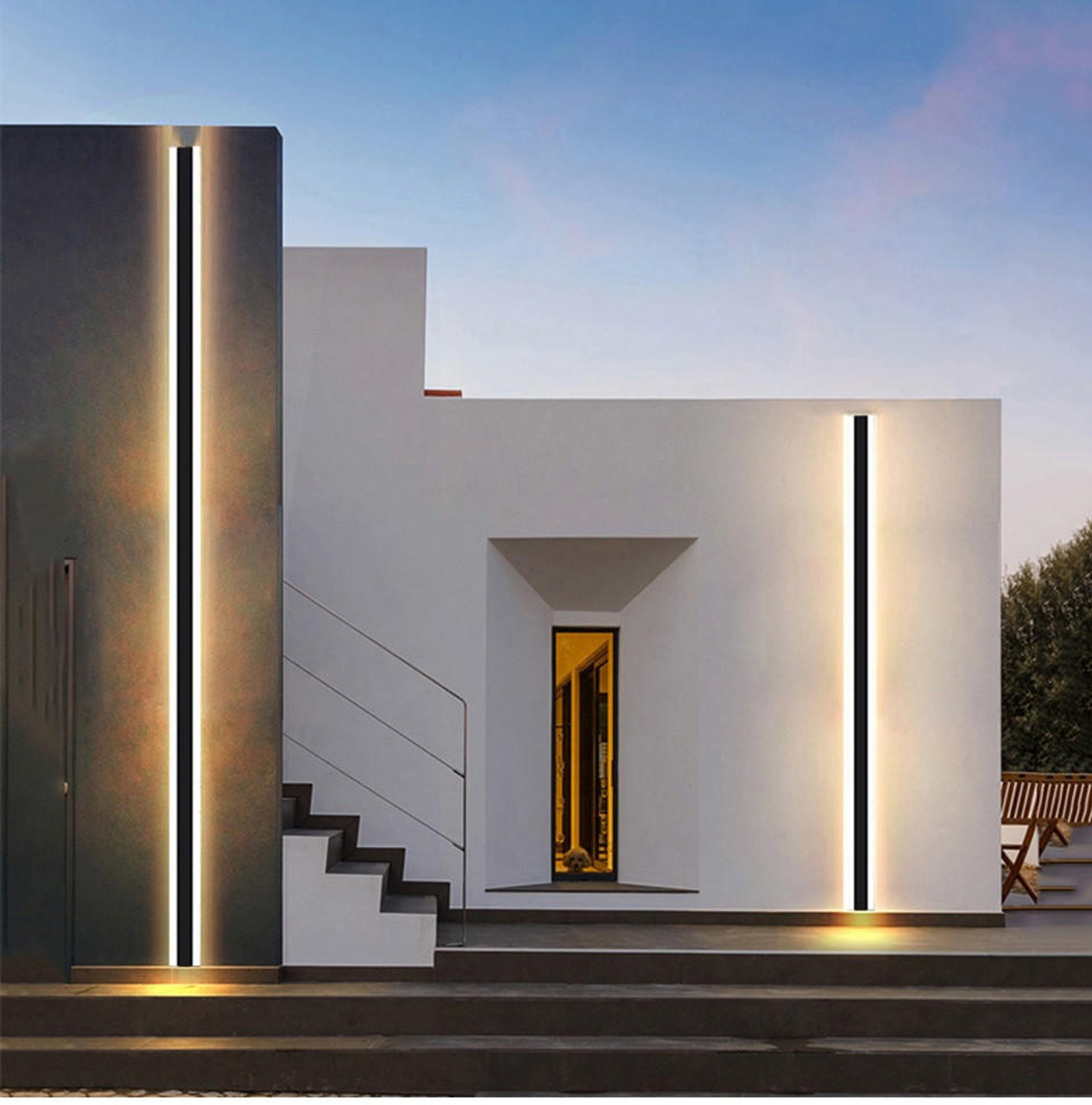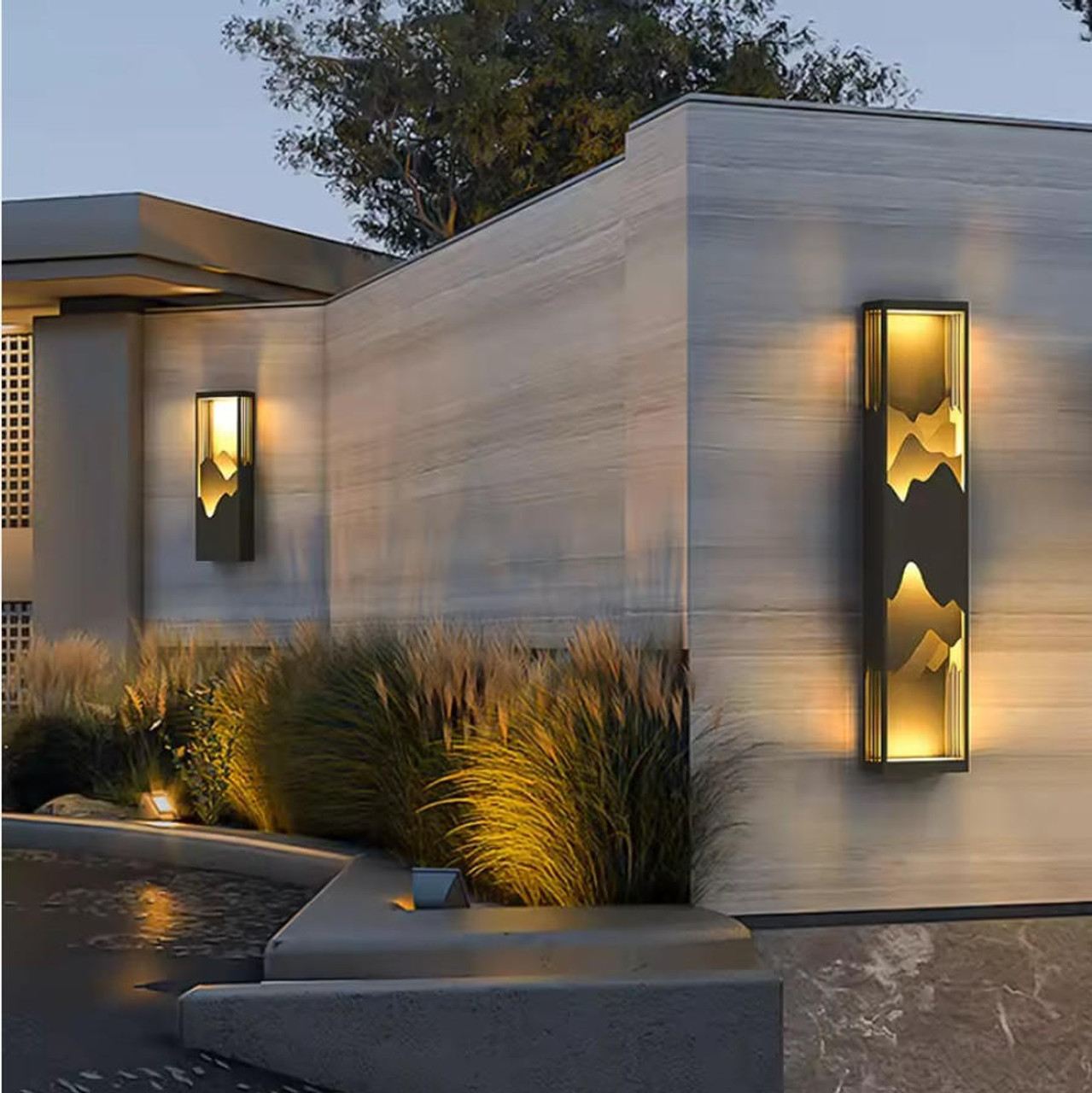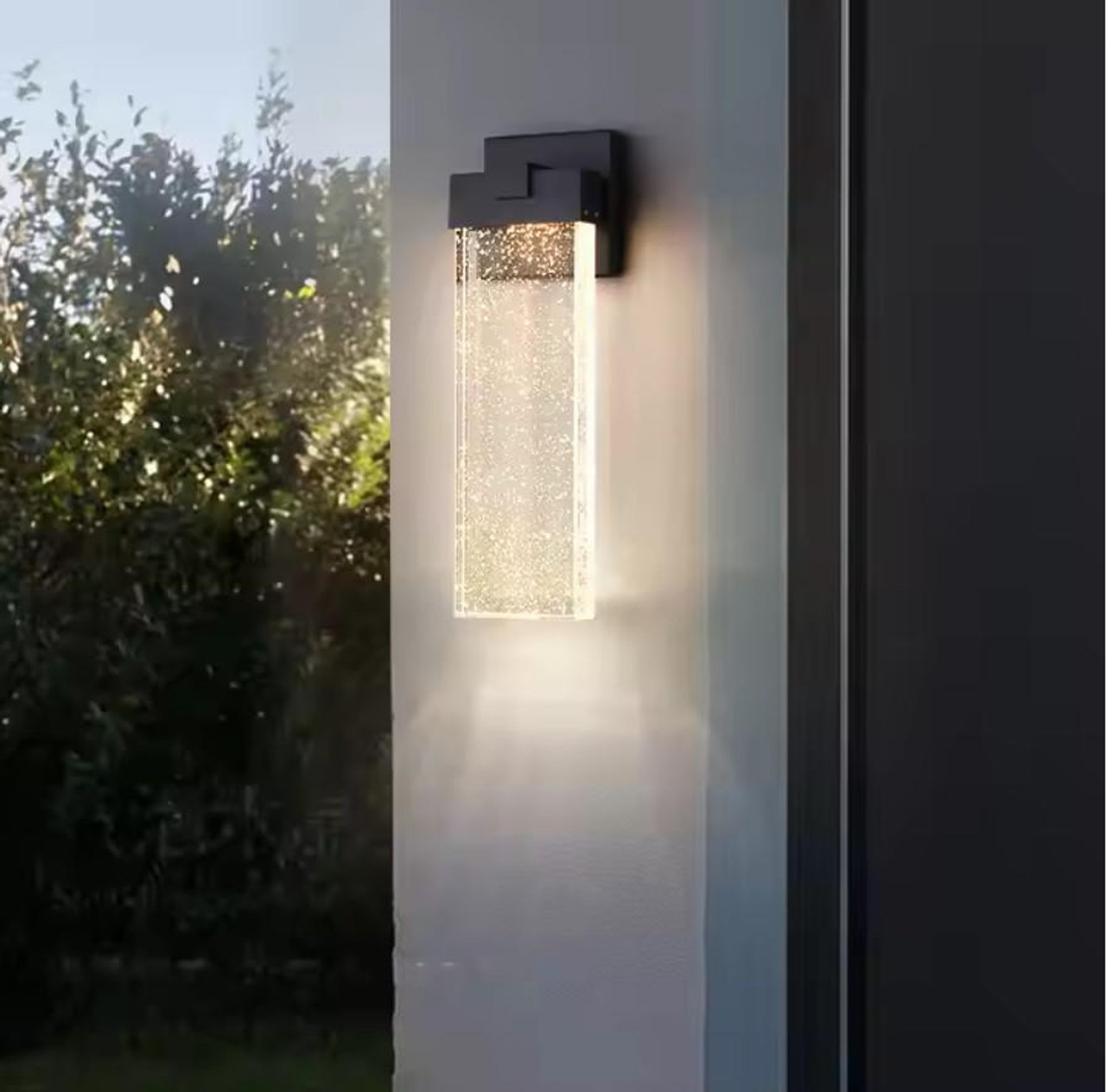Architectural Mesh: Kaynemaile's Revolutionary Approach to Chainmail Cladding
1st Sep 2024
the ever-evolving world of architecture, innovation is the key to creating structures that not only stand out visually but also meet the functional and environmental demands of the modern world. Among the numerous materials and technologies pushing the boundaries of architectural design, architectural mesh has emerged as a versatile and dynamic option. Leading this charge into the future of architectural mesh is Kaynemaile, a company that has revolutionized the concept of chainmail cladding. In this blog post, we’ll explore how Kaynemaile is redefining architectural mesh, its applications, benefits, and why it’s quickly becoming a favored material in contemporary architecture.
The Rise of Architectural Mesh
Architectural mesh, also known as architectural wire mesh, is a type of metal fabric that has been used in construction for decades. Traditionally, it has been employed for practical purposes like safety barriers, ventilation, and filtration. However, in recent years, architects and designers have recognized its aesthetic potential, transforming it into a key component of modern design. Architectural mesh can be used for facades, interior partitions, ceilings, and even artistic installations, thanks to its flexibility, durability, and visual appeal.
Traditional Chainmail in Architecture
Chainmail, a type of mesh consisting of small metal rings linked together, has a history dating back to medieval times when it was primarily used as armor. Its application in architecture is relatively recent, where it has been employed as a decorative element, offering a unique texture and a sense of historical significance to buildings.
However, traditional chainmail has its limitations. It is often heavy, difficult to install, and lacks the versatility needed for complex architectural designs. These limitations created a need for a more advanced version of chainmail, leading to the development of modern architectural meshes like those offered by Kaynemaile.
Kaynemaile: A Revolution in Architectural Mesh
Kaynemaile, a New Zealand-based company, has taken the ancient concept of chainmail and reinvented it for the 21st century. Founded by artist and designer Kayne Horsham, Kaynemaile began as an exploration of medieval chainmail techniques and evolved into a groundbreaking architectural material. What sets Kaynemaile apart from traditional chainmail and other types of architectural mesh is its innovative manufacturing process and the material it uses.
The Material: Polycarbonate Chainmail
Unlike traditional chainmail made from metal, Kaynemaile’s architectural mesh is crafted from polycarbonate, a highly durable, lightweight, and flexible plastic. Polycarbonate is known for its exceptional strength, impact resistance, and transparency, making it an ideal material for a wide range of applications, from eyewear lenses to bulletproof windows.
Kaynemaile’s polycarbonate mesh is produced through a continuous injection molding process that creates seamless, interlinked rings. This process allows for the creation of large-scale, monolithic meshes without any joints or seams, offering both aesthetic and structural advantages.
The Manufacturing Process: Continuous Molding
One of the most revolutionary aspects of Kaynemaile’s approach is its proprietary continuous molding process. Traditional chainmail is assembled by hand, with each ring being individually linked to others. This process is labor-intensive and limits the size and scale of the mesh.
Kaynemaile’s continuous molding process, on the other hand, allows for the creation of large sheets of chainmail-like mesh without any visible seams or joins. This process not only reduces manufacturing time and costs but also enhances the material’s strength and durability. The resulting mesh is lightweight, flexible, and can be produced in virtually any size, making it suitable for a wide range of architectural applications.
Applications of Kaynemaile’s Architectural Mesh
Kaynemaile’s architectural mesh is incredibly versatile, and its applications are as diverse as the material itself. From large-scale building facades to interior design elements, Kaynemaile has proven to be a valuable tool for architects and designers looking to push the boundaries of conventional design.
1. Facades and Cladding
One of the most popular applications of Kaynemaile’s architectural mesh is in building facades and cladding. The mesh can be used to create striking exteriors that offer both aesthetic and functional benefits. Kaynemaile’s mesh can be designed to cover entire buildings, providing shade, reducing solar gain, and enhancing energy efficiency. Its lightweight nature makes it easy to install, even on large-scale projects, and its durability ensures that it can withstand harsh weather conditions without degrading.
In addition to its practical benefits, Kaynemaile’s mesh offers a unique visual appeal. The seamless design and flexibility of the material allow for the creation of complex, flowing forms that would be difficult or impossible to achieve with traditional materials. The mesh can be customized in various colors and finishes, enabling architects to create distinctive and eye-catching facades.
2. Interior Partitions and Screens
Kaynemaile’s architectural mesh is also widely used in interior design as partitions and screens. Its lightweight and transparent nature make it an ideal material for creating semi-private spaces within larger rooms, allowing light to pass through while still providing a degree of separation. The mesh can be used in office spaces, hotels, restaurants, and residential settings to create visually striking dividers that add texture and interest to a space.
Moreover, the material’s flexibility allows it to be shaped into curves and waves, offering designers the freedom to create dynamic and organic forms. This flexibility, combined with the mesh’s durability, makes it a popular choice for high-traffic areas where traditional partitions might not hold up as well.
3. Ceilings and Canopies
Another innovative application of Kaynemaile’s mesh is in ceilings and canopies. The mesh can be suspended from ceilings to create visually stunning overhead features that add depth and dimension to a space. In outdoor settings, Kaynemaile’s mesh can be used to create canopies that provide shade and shelter while maintaining an open and airy feel.
The lightweight nature of the mesh makes it easy to install, even in complex or large-scale ceiling designs. Its durability ensures that it will not sag or deteriorate over time, making it a low-maintenance option for both indoor and outdoor applications.
4. Art Installations and Sculptures
Kaynemaile’s architectural mesh is not limited to functional applications; it has also been used in various artistic projects. Artists and designers have utilized the material to create large-scale sculptures and installations that explore the interplay between light, shadow, and form. The material’s flexibility and transparency allow for the creation of intricate and delicate forms that can interact with their surroundings in dynamic ways.
Whether used in public art installations or as part of a building’s design, Kaynemaile’s mesh adds a unique and contemporary element to any project. Its ability to be shaped into complex forms and its wide range of color options make it a favorite among artists looking to push the boundaries of traditional materials.
Benefits of Kaynemaile’s Architectural Mesh
Kaynemaile’s revolutionary approach to architectural mesh offers numerous benefits that make it an attractive option for architects, designers, and builders. Here are some of the key advantages of using Kaynemaile’s mesh in architectural projects:
1. Lightweight and Durable
One of the most significant advantages of Kaynemaile’s mesh is its lightweight nature. Unlike traditional metal meshes, which can be heavy and cumbersome, Kaynemaile’s polycarbonate mesh is easy to handle and install. Despite its light weight, the mesh is incredibly strong and durable, capable of withstanding impact and harsh weather conditions without degrading.
This combination of light weight and durability makes Kaynemaile’s mesh ideal for large-scale projects where traditional materials might be impractical or too expensive to install.
2. Flexibility and Customization
Kaynemaile’s mesh is highly flexible, allowing it to be shaped into a wide range of forms and designs. This flexibility gives architects and designers the freedom to create unique and innovative structures that would be difficult or impossible to achieve with other materials.
Moreover, the mesh can be customized in terms of color, finish, and size, ensuring that it can meet the specific needs of any project. Whether used for a building facade, an interior partition, or an art installation, Kaynemaile’s mesh can be tailored to fit the desired aesthetic and functional requirements.
3. Seamless Design
One of the most revolutionary aspects of Kaynemaile’s mesh is its seamless design. Traditional chainmail and metal meshes often have visible seams or joints, which can detract from the overall aesthetic of a project. Kaynemaile’s continuous molding process eliminates these seams, creating a smooth and uninterrupted surface that enhances the visual appeal of the material.
This seamless design also adds to the structural integrity of the mesh, reducing the risk of weak points that could lead to failure over time.
4. Low Maintenance
Kaynemaile’s mesh is virtually maintenance-free, making it an attractive option for projects where long-term upkeep is a concern. The material’s durability ensures that it will not rust, corrode, or degrade over time, even when exposed to harsh environmental conditions. Additionally, the mesh is easy to clean, requiring only occasional washing to remove dirt and debris.
This low-maintenance nature makes Kaynemaile’s mesh an ideal choice for both indoor and outdoor applications, particularly in high-traffic areas where traditional materials might require frequent upkeep.
5. Environmental Considerations
Kaynemaile is committed to sustainability, and its mesh products reflect this commitment. The polycarbonate material used in the mesh is recyclable, and the company’s manufacturing process is designed to minimize waste and energy consumption. Additionally, the use of Kaynemaile’s mesh in building facades can contribute to energy efficiency by reducing solar gain and helping to regulate indoor temperatures.
By choosing Kaynemaile’s mesh, architects and designers can create projects that are not only visually stunning but also environmentally responsible.
Case Studies: Kaynemaile in Action
Kaynemaile’s architectural mesh has been used in numerous high-profile projects around the world, demonstrating its versatility and effectiveness in a variety of applications. Here are a few examples of how Kaynemaile’s mesh has been used to create innovative and impactful designs:
1. The Australian National University (ANU) Kambri Precinct
In 2019, Kaynemaile’s architectural mesh was used in the redevelopment of the Australian National University’s Kambri Precinct in Canberra. The mesh was employed to create a striking facade for the precinct’s multi-story car park, transforming what could have been an ordinary structure into a visually captivating landmark.
The mesh facade not only enhances the building’s appearance but also provides functional benefits, including solar shading and ventilation. The seamless design of the mesh allowed for the creation of a continuous surface that wraps around the building, adding depth and dimension to the facade.
2. The Riverland Group's Microbrewery and Distillery
Kaynemaile’s mesh was also used in the design of the Riverland Group’s microbrewery and distillery in Melbourne, Australia. The mesh was employed as a decorative element in the interior of the space, creating a sense of enclosure and intimacy while still allowing light and air to flow freely.
The flexibility of the mesh allowed it to be shaped into organic curves, adding a dynamic and modern touch to the industrial space. The use of Kaynemaile’s mesh in this project demonstrates its potential as a material for creating unique and memorable interior environments.
3. Westfield Newmarket Shopping Centre
In Auckland, New Zealand, Kaynemaile’s mesh was used in the design of the Westfield Newmarket Shopping Centre. The mesh was employed as a facade element, adding a contemporary and luxurious touch to the exterior of the building. The seamless design of the mesh allowed for the creation of a smooth and continuous surface that enhances the building’s overall aesthetic.
The use of Kaynemaile’s mesh in this project also provides functional benefits, including solar shading and improved energy efficiency. The mesh helps to regulate the temperature inside the shopping center, reducing the need for artificial cooling and contributing to the building’s sustainability.
Conclusion: The Future of Architectural Mesh with Kaynemaile
Kaynemaile’s revolutionary approach to architectural mesh has transformed the way architects and designers think about chainmail cladding. By combining the ancient concept of chainmail with modern materials and manufacturing techniques, Kaynemaile has created a versatile, durable, and visually stunning material that is reshaping the architectural landscape.
Whether used in building facades, interior partitions, or artistic installations, Kaynemaile’s mesh offers numerous benefits, including lightweight construction, flexibility, seamless design, and low maintenance. Its commitment to sustainability and innovation ensures that it will continue to be a valuable tool for architects and designers looking to create cutting-edge projects that stand the test of time.
As architectural trends continue to evolve, Kaynemaile’s mesh is poised to play a significant role in the future of design, offering new possibilities for creativity and functionality in the built environment. Whether you’re an architect, designer, or builder, Kaynemaile’s architectural mesh is a material worth exploring for your next project.


